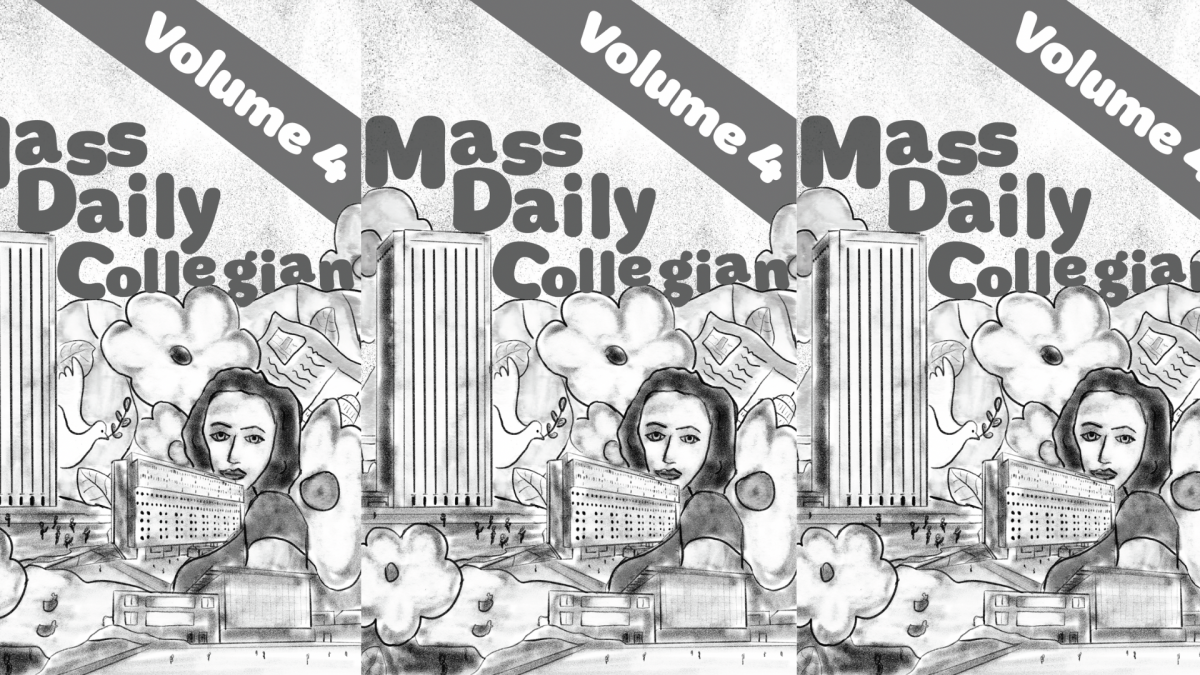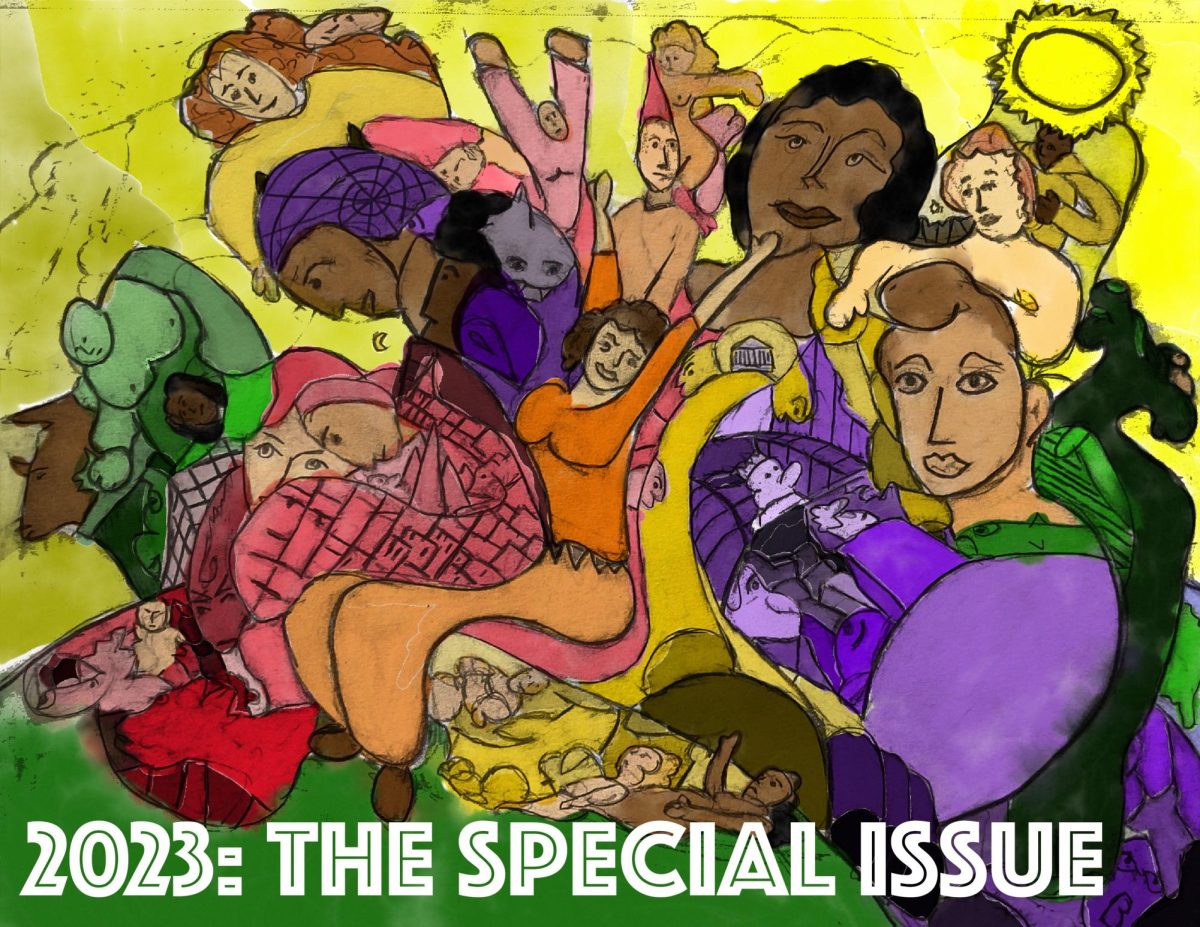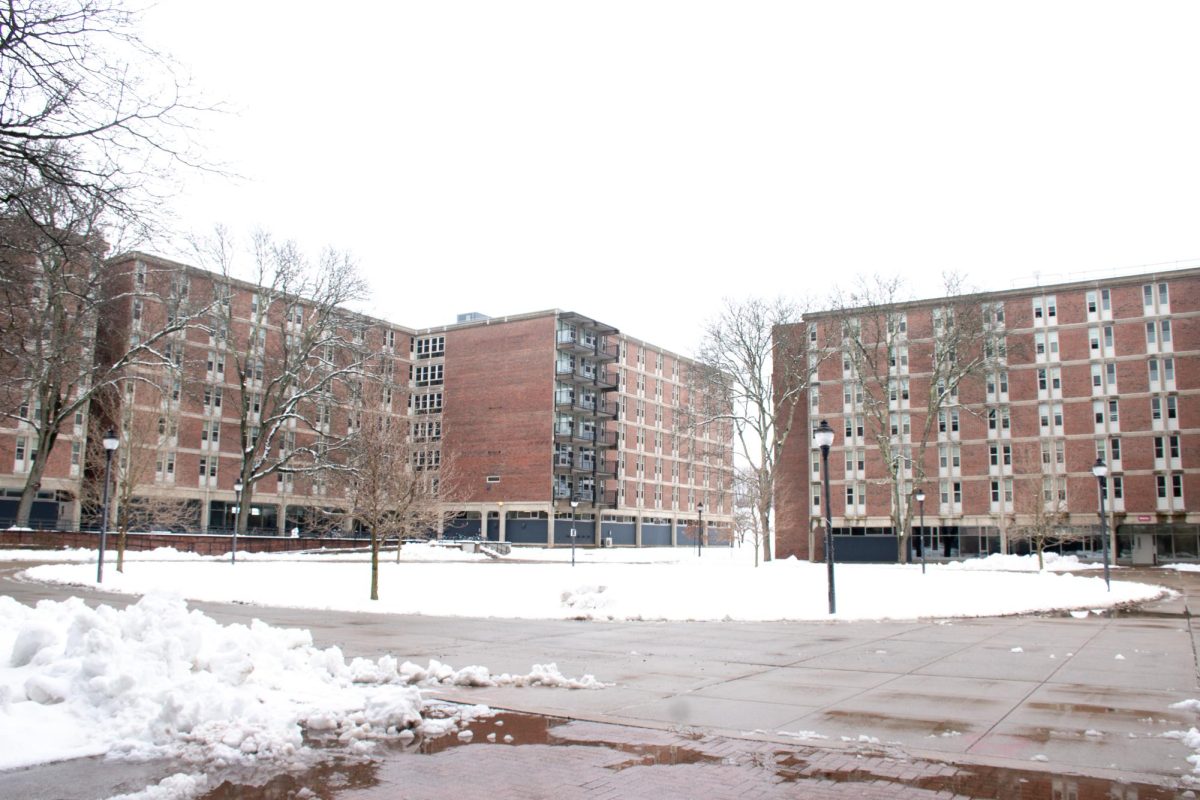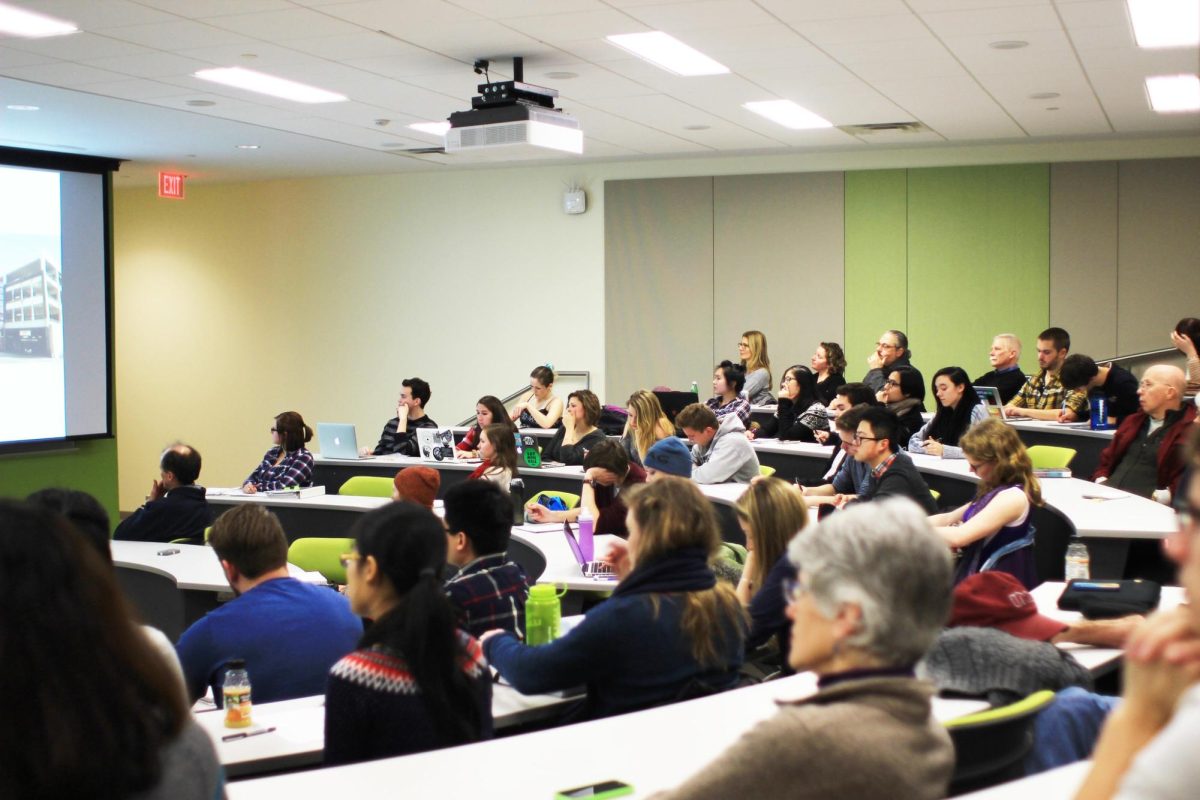The bed-to-class-to-kitchen and repeat schedule was common for many who were in school when the COVID-19 pandemic started. What we assumed would be an extension of spring break ended up being one of the most significant events of our lives. Not only did being confined to our homes affect us physically, but our social lives changed drastically, and it took a mental toll.
A National Library of Medicine study conducted in China, where quarantine was highly enforced, revealed that 58.3 percent of people suffered a moderate to severe psychological impact. The prevalence rate of depression and anxiety symptoms were 43.7 percent and 37.4 percent respectively among Chinese students in middle and high school. Additionally, many adolescents reported reduced levels of interest in schoolwork, tiredness, decreased appetite and irritability.
Resuming our “normal lives,” however, did not eradicate these now deeply rooted issues. If anything, these behaviors appeared to be learned, and stuck with us as we transitioned from pandemic to post-pandemic lifestyles. This ranged from hobbies, such as the new instrument you picked up with your newfound free time, to personality changes, like being affected by the uncertainty of the future.
The integration of masks into our daily life posed an interesting metaphor. While we started masking when we left our homes, we stopped masking in other ways. The social masking that we have done for years to blend into society was lifted as physical masks were put into place. Therefore, the question arises: why were adolescents’ mental health affected due to quarantine, and how has it affected their reintegration into society?
Some assumed that the transition back would be seamless. People would bounce right back to their old ways, and if there was any resistance, the people’s wishes for a “sense of normal” would overcome their otherwise sequestered desires. This was not without changes, however. Some changes were easily noticeable; those who picked up Chloe Ting workouts had physical proof of their changes. Other changes, though, weren’t nearly as obvious because of how quickly we adapted to them. In 2019, Zoom was nothing more than an office tool for those who were unlucky enough to have to use it. The etymology of the word has since developed tremendously, and it is commonly used as a verb. Due to the novelty of the pandemic, there are likely a multitude of other effects we have yet to discover and analyze, that come from physically being in the pandemic.
Taking a closer look at adolescents, those who have transitioned from in-person school to online noticed the most significant amount of change, compared to adults, in the context of their jobs. Coupled with the unstable sociopolitical climate in America, a large part of our formative years were stunted by the pandemic. The increased variety in the anxieties we possessed as growing individuals became evident. The hobbies we picked up served as a temporary distraction from these, and it felt very easy to slip into a state of not caring. Hours spent switching between TikTok, Instagram and Snapchat were an endless routine that drove us to our lowest points, without even realizing it.
The physical implications of wearing a mask have been argued throughout the pandemic. For most people, it meant masks work most places outside of the house. Post pandemic, there was an influx in disagreement because while we didn’t agree on masking policies, it got worse when some of us craved normal and some of us craved comfort — it made both communities feel invalidated.
Many interviewees noted that their “social battery” had decreased overall pre pandemic to post pandemic. Therefore, when we stopped physically masking and started engaging in social settings physically, we masked socially. “While some have been anticipating this and looking forward to a ‘return to normal,’ others have preferred the more isolated lifestyle experienced during the pandemic,” Tristan Epps of the University of Pennsylvania Medicine said.
As we adjust to our new lives fresh out of quarantine, we look back to our past tendencies to better understand how exactly the pandemic’s widespread nature impacts us today. Perhaps as we reconsider our new lives, we will slowly remove our invisible masks as well.
Meenakshi Iyer can be reached at [email protected].



















